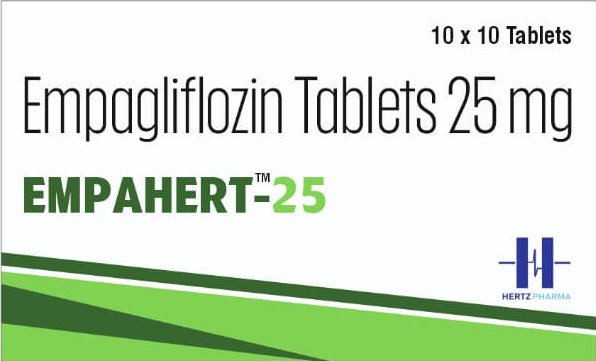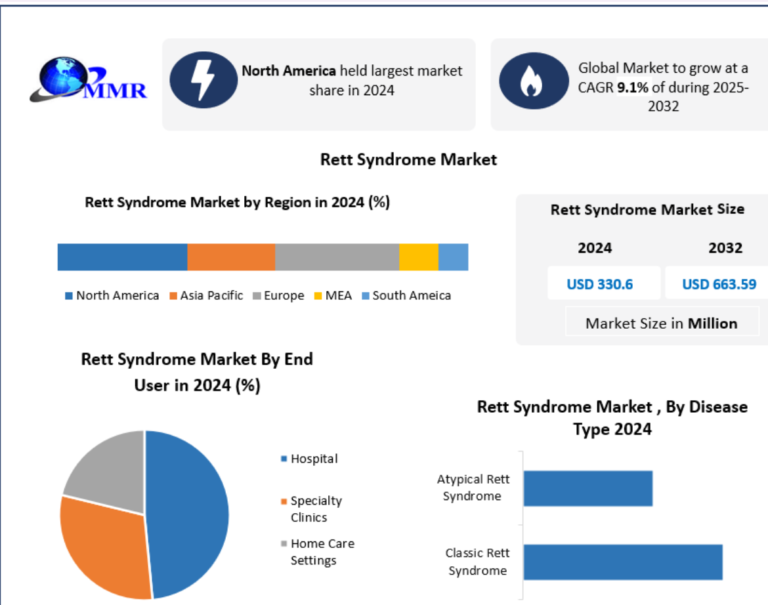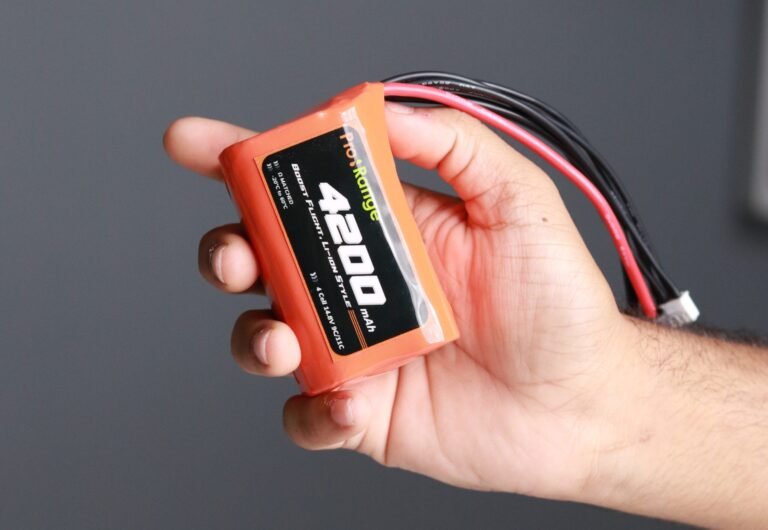For decades, the financial system has relied on paper-heavy, bureaucratic processes to manage, trade, and secure real-world assets like real estate, bonds, commodities, and private equity. These legacy systems, while time-tested, have long suffered from inefficiencies, high costs, lack of transparency, and restricted accessibility. Enter Real World Asset (RWA) Tokenization, a blockchain-driven transformation that’s modernizing asset management by turning physical and financial assets into digital tokens.
By bridging traditional finance (TradFi) with decentralized finance (DeFi), RWA tokenization is challenging outdated infrastructures and ushering in a new era of liquidity, interoperability, and programmable finance. This digital leap — from paper-based systems to protocol-powered ecosystems — is not a minor upgrade but a complete restructuring of how legacy markets operate.
Understanding Real World Asset Tokenization
Real World Asset Tokenization refers to the process of representing ownership of physical or financial assets as digital tokens on a blockchain. These tokens are programmable, divisible, and tradable, allowing for more dynamic interaction with traditionally illiquid or cumbersome asset classes.
For instance, a commercial property worth $10 million can be tokenized into 10 million tokens, each representing a $1 stake. These tokens can be sold, traded, or used in DeFi protocols as collateral, all within a digital environment that is faster and more transparent than the traditional real estate transaction process.
Tokenization isn’t limited to real estate. It’s being used for commodities like gold, fine art, invoices, equities, and even carbon credits. The core value lies in turning slow-moving, paper-bound systems into efficient digital markets governed by code.
Breaking Down the Legacy Market Bottlenecks
Legacy markets are plagued by fragmentation, latency, and high overhead costs. Most transactions in real estate or private equity require multiple intermediaries, legal verification, paper contracts, and custodial services. Settlement times often stretch into days or even weeks, increasing risk and reducing capital efficiency.
These systems are not only inaccessible to the average investor but are also prone to fraud, human error, and opacity. Asset ownership is difficult to verify in real-time, record-keeping is often siloed, and jurisdictional barriers further complicate global participation.
RWA tokenization introduces blockchain-based smart contracts that automate execution, verification, and settlement. Instead of waiting for a series of sign-offs or document transfers, transactions can be completed in seconds on-chain — with ownership, rights, and compliance conditions baked into the token’s logic.
How Tokenization Is Reshaping Market Access
One of the most profound shifts introduced by RWA tokenization is the democratization of access. Traditional asset classes like commercial real estate or fine art have historically been reserved for high-net-worth individuals or institutions due to high entry barriers and long lock-in periods.
With tokenization, fractional ownership becomes possible. Investors can now buy a fraction of a commercial building or a corporate bond, gaining exposure to high-value assets without needing millions in capital. This fractionalization increases participation from retail investors and diversifies the capital base for asset issuers.
Moreover, because tokenized assets can be listed on compliant digital asset exchanges, they are more liquid. Owners no longer need to wait for full asset sales; they can sell their tokens in secondary markets, providing liquidity to previously locked-up capital.
Enabling Instant Settlement and Real-Time Transparency
The blockchain’s distributed ledger provides an immutable, real-time record of all transactions. This eliminates reconciliation problems, enables near-instant settlement, and dramatically reduces the risk of fraud or double-spending.
In legacy systems, post-trade processes like clearing and settlement involve multiple parties and layers of verification. With RWA tokenization, settlement happens simultaneously with the transaction, reducing counterparty risk and operational delays.
Investors and regulators can access real-time data on token ownership, transaction history, and smart contract compliance. This level of transparency not only reduces audit costs but also builds trust — a cornerstone of capital markets.
Compliance and Regulation in the Tokenization Era
Despite its potential, RWA tokenization doesn’t exist in a regulatory vacuum. Tokenized assets must still comply with local laws related to ownership, taxation, investor accreditation, and securities regulations. The challenge lies in harmonizing blockchain-based execution with jurisdiction-specific legal frameworks.
Fortunately, tokenization platforms are increasingly integrating RegTech (Regulatory Technology) solutions to ensure tokens are compliant from issuance to trade. Features like whitelist-based access, programmable KYC/AML, and jurisdictional restrictions are being built directly into smart contracts.
In some jurisdictions, regulators have started working alongside innovators. For example, Switzerland, Singapore, the UAE, and parts of the EU have developed clear frameworks for tokenized securities and real-world assets, creating fertile ground for adoption.
This convergence of regulation and technology ensures that tokenized assets are not only programmable but also legally enforceable, bridging the gap between digital execution and real-world legality.
Institutional Adoption and Market Confidence
Institutional players are no longer on the sidelines. BlackRock, Franklin Templeton, and HSBC have all launched or invested in tokenized asset initiatives. These moves signify confidence in blockchain as a legitimate infrastructure layer for modern financial markets.
Tokenization platforms like Ondo Finance, Centrifuge, and Maple are facilitating yield-bearing opportunities by bringing assets like U.S. Treasuries, private credit, and real estate on-chain. These platforms offer transparency, real-time reporting, and efficient capital allocation — features that resonate with institutional investors.
As large-scale custodians, asset managers, and banks embrace tokenization, the market infrastructure is maturing. This legitimizes RWA tokens as secure, tradable instruments and opens the door to greater capital flows between TradFi and DeFi.
Transforming the Role of Financial Intermediaries
Another important consequence of RWA tokenization is the changing role of intermediaries. While legacy systems rely on brokers, escrow agents, and custodians, tokenized ecosystems shift much of this functionality to code-based smart contracts.
However, this doesn’t eliminate the need for all intermediaries. Instead, it redefines their role. Legal firms are evolving into token issuance advisors. Custodians are transitioning into digital asset custodians. Brokers are becoming compliance partners for tokenized securities.
The value lies in reducing friction, not removing necessary compliance layers. As legacy institutions modernize their operations to support tokenized assets, they will retain relevance — but with increased efficiency and digital readiness.
Real-World Applications in Motion
The impact of RWA tokenization isn’t theoretical — it’s already in motion. In the U.S., tokenized Treasury products have seen surging interest. Startups like Matrixdock and Superstate have built on-chain representations of short-term government securities, enabling yield-generating stablecoins backed by real-world instruments.
In Europe, companies are tokenizing invoices and real estate assets to enhance liquidity. In emerging markets, tokenized agricultural assets are providing access to finance for small-scale farmers. These use cases demonstrate that tokenization isn’t just about digitizing Wall Street; it’s about reshaping finance for everyone.
In addition, platforms like Polymesh, Securitize, and Tokeny are enabling the creation, management, and transfer of compliant tokenized assets, offering the necessary infrastructure for enterprise-grade adoption.
Looking Ahead: A Protocol-Driven Financial Future
The transition from paper to protocol marks more than a technological shift — it signals a fundamental change in how value is created, shared, and moved. RWA tokenization is not a fleeting trend but a structural evolution that brings trust, efficiency, and access to previously opaque and inaccessible markets.
Legacy financial systems built on paperwork, delayed settlements, and gatekeeping are being replaced by programmable, transparent ecosystems that work 24/7, across borders, and without intermediaries.
As legal frameworks evolve and institutional infrastructure solidifies, RWA tokenization will become the connective tissue between the traditional economy and the decentralized world. It represents not just the digitization of assets, but the reinvention of capital markets for the digital age.





